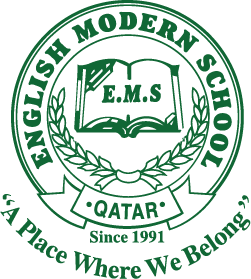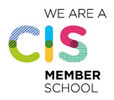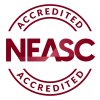At EMS, we are committed to providing a dynamic and future-focused learning environment that equips our students with the skills and knowledge necessary to thrive in the 21st century. Our innovative approaches to education, deeply embedded with technology and forward-thinking pedagogy, ensure that every student is empowered to become a confident, creative, and collaborative lifelong learner.
Our Google Reference Journey: A Testament to Innovation
Our journey as a Google Reference School has been marked by significant achievements and a transformative impact on teaching and learning. This prestigious recognition underscores our commitment to leveraging the power of Google Workspace for Education to enhance educational outcomes and streamline school operations.








